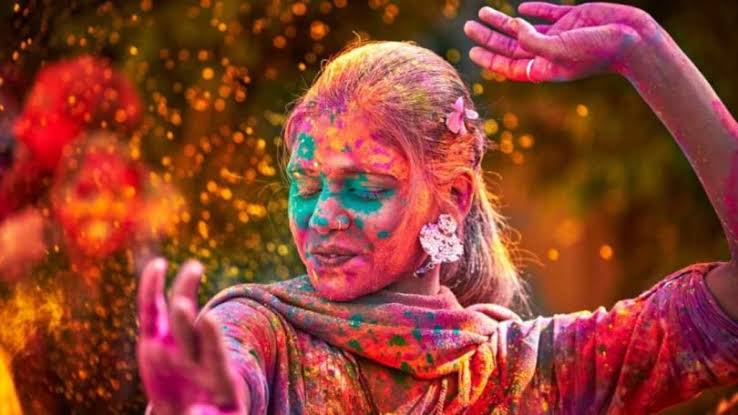The cold, grey hues of winters are now giving way to lively shades of spring. Being a season of vibrancy and bounty, cultures across the globe pay tributes in their own way to this glorious time of the year. Here’s looking at some of the most exotic celebrations of spring. Be sure to add them to your must-visit destinations duringthe season of plentitude!
You know spring is in the air when it’s time for bonfires, feasts and water games. This season marks the beginning of a new year in most cultures. But before you dive right into the new phase, pause, and take a look at how people are doing it all over the world. Then, make a beeline for festivals that capture your heart.
Egg rolling – USA
This quirky festival takes place on April 13 of every year in the South Lawn of White House, USA. On this day, children below the age of 13 years race while pushing an egg on the grassy lawn with a long handled spoon. The one who reaches the finishing line first, wins. Origin of egg rolling is traced back to ancient European folklores that considered an egg as the symbol of birth, synonymous with the land in spring which begins to sprout vegetation.
Cimburijada – Bosnia
Even in Bosnia, eggs take up the central theme of a festival called Cimburijada. But unlike the celebration in USA, eggs aren’t rolled, but are scrambled and cooked into a scrumptious feast by the river side. The best place to celebrate Cimburijada is in the Bosnian town of Zenica that springs to life along the bank of its river Bosna that witnesses people feasting on egg–cellent food!
Hanami – Japan
It is always a delight to sit and watch the trees in full bloom. To make it a formal practise, Japanese started gathering under the blooming cherry trees in the Hein period (794-1185). The tradition soon developed into a beautiful festival called Hanami (originating from the word hana meaning flower in Japanese). While in the past the festival was just about appreciating nature’s beauty, it is now more than just that. In the present era, the blooming period (March to May) coincides with the end of vacations and opening of schools and colleges. So Hanami is fast becoming synonymous with welcome parties that take place under the blossoming cherry trees.
Nowruz – Iran
The Iranian New Year is also celebrated during spring equinox. And on the eve of the New Year, people dance and celebrate around a happy bonfire that symbolises the Fire God which is central to all Zoroastrian practices. To welcome the new phase, houses are spring cleaned, broken things are repaired and unwanted items are donated to the needy. As the New Year dawns, people visit their relatives and friends to exchange gifts and mark the beginning of a new phase.
Las Fallas – Spain
This festival is a gala celebration stretching over five days on the cobbled streets of Valencia, Spain. The roots of Las Fallas lie in the burning of wood that was gathered for winter but ceased to be of any use in the summer. Gradually, as the society evolved, this wood began taking form of wooden dolls and today monuments of woods are erected and burnt on the final days of Las Fallas. And, the festival also became a commemoration of Saint Joseph. To participate in the festival, people wear costumes that match with the monuments being erected.
Songkran – Thailand
If you thought playing with water in spring is an entertainment just for folks in India, read up about Songkran. Every year on April 13, Thailand gleefully celebrates its New Year by splashing water. It’s quite close to Holi, except they do not play with colours; just plain water. And on this day, busy streets are barricaded so that people can splash away to glory without disrupting traffic.
Holi – India
And finally, here’s a festival that has inspired a string of Bollywood songs – Holi. The roots of this festival can be traced to the 17thcentury when people in the Indian sub-continent began celebrating the arrival of spring with bonfires and a play of colours. The bonfires symbolise the victory of good over evil as per the popular legend of Holika and Prahalad. And the next day, people play with colours and coloured water to symbolise the burst of shades in the nature.

